95 degrees F
Sunny, Light Wind
The date does not reflect the true summer season, but the first weekend in June heralds the beginning of the summer for those of us in the Illinois Country. It is the annual date of the Fort de Chartres Rendezvous and this year commemorated the 41st year of this landmark event. Rendezvous is a re-creation of the traditional French fur trapper’s holiday of the 18th Century, and is one of the oldest and largest events of its kind in the United States. 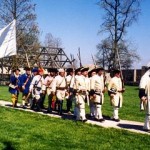 And as usual, the temperatures and humidity soared as the date approached. Even as the heat rose, visitors arrived to take in all the activities; morning and evening colors in all its pageantry, militiamen, buckskinners, artisans, and entertainers. We welcomed visitors to our jardin potager and enjoyed sharing gardening history with those who stopped by. This event should not be missed as it always is filled with much joyous noise and activity, the colorful sights and sounds of a large 18th Century regional gathering.
And as usual, the temperatures and humidity soared as the date approached. Even as the heat rose, visitors arrived to take in all the activities; morning and evening colors in all its pageantry, militiamen, buckskinners, artisans, and entertainers. We welcomed visitors to our jardin potager and enjoyed sharing gardening history with those who stopped by. This event should not be missed as it always is filled with much joyous noise and activity, the colorful sights and sounds of a large 18th Century regional gathering.
In between garden visitors, some work was accomplished in the garden. Weeding help was offered by a new acquaintance and her work was gratefully accepted. As she weeded, work continued, mounding the soil next to the spring peas, so that the De Bourbonne & Long Anglais cucumber seeds could be planted. Once this task was completed, these beds along with the others were thoroughly watered. 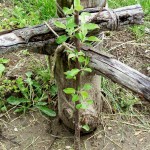 Checking the new apple trees planted earlier this spring, I was very pleased to see they are thriving and ready for the next step in the process of espaliering. New shoots were pinched back, leaving those to be trained to their supporting wire in the fall. The lettuces and radishes were harvested along with the Tom Thumb bush beans. Their harvesting brings to mind ingredients for an 18th century salad whether French salades simples or English salmagundi. Look on the recettes page of this blog for salad, cucumber, green and dried pea recipes.
Checking the new apple trees planted earlier this spring, I was very pleased to see they are thriving and ready for the next step in the process of espaliering. New shoots were pinched back, leaving those to be trained to their supporting wire in the fall. The lettuces and radishes were harvested along with the Tom Thumb bush beans. Their harvesting brings to mind ingredients for an 18th century salad whether French salades simples or English salmagundi. Look on the recettes page of this blog for salad, cucumber, green and dried pea recipes.
21 June, Tuesday
87 Degrees F
Summer is indeed with us, streaming in with the rains still pounding our region. With the formal arrival of the season, the heat has made for challenging gardening conditions. Our Tom Thumb bush peas are just finishing production but the yellowed and dried vines of the Blue Podded Snap & the De Grace Snow peas signal the end of their season. Tis time to clean out the dead vines and provide the supports for the rapidly growing cucumbers . Work continues with the weeding, harvesting some carrots, radishes, and turnips as I progress through the garden beds. The Painted Lady Runner beans and snapdragons are brightening the jardin with their blooms. Radishes have gone to seed but they are left in place for now as they have been attracting pollinating and beneficial insects in the garden. 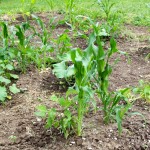 Staff and volunteer help have begun weeding of the Native Garden and the large squash/melon bed. Their efforts are greatly appreciated. These areas are rapidly growing, fueled by the warm temperatures. As the plants grow, they are checked for signs of the dreaded squash bugs, which so devastated our squash crops last summer and fall.
Staff and volunteer help have begun weeding of the Native Garden and the large squash/melon bed. Their efforts are greatly appreciated. These areas are rapidly growing, fueled by the warm temperatures. As the plants grow, they are checked for signs of the dreaded squash bugs, which so devastated our squash crops last summer and fall. 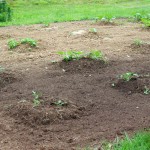 It appears with the cooler temperature this spring and the heavy rains since, they are appearing more slowly this season. All in all, except for the perennial complaint of an abundance of weeds, one can be satisfied with the steady progress of our jardin potager.
It appears with the cooler temperature this spring and the heavy rains since, they are appearing more slowly this season. All in all, except for the perennial complaint of an abundance of weeds, one can be satisfied with the steady progress of our jardin potager.
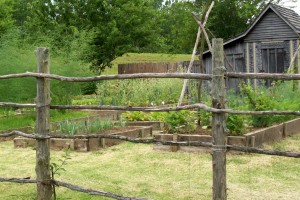
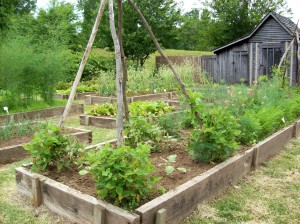
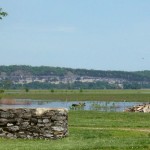
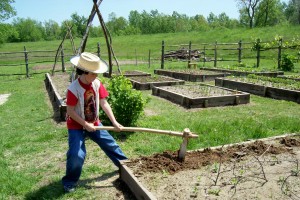
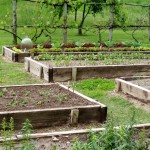
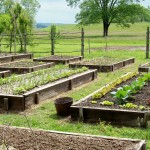
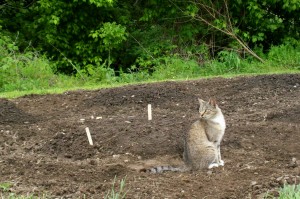
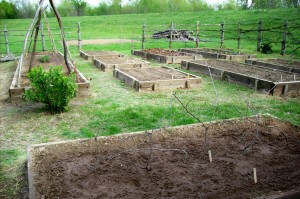
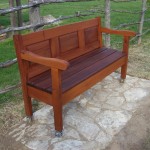
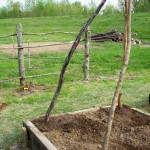
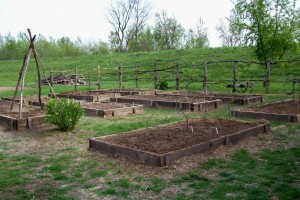
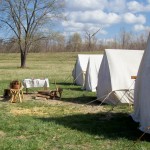
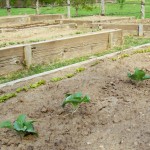
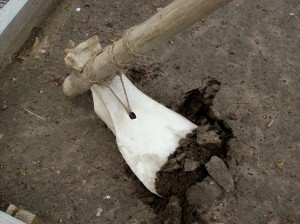
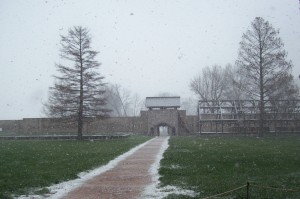
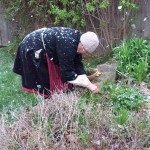
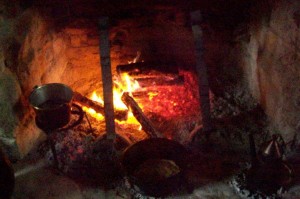
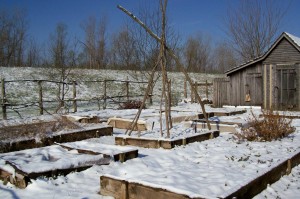
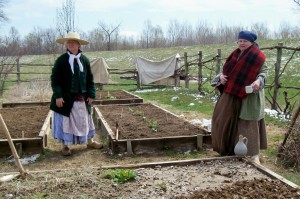
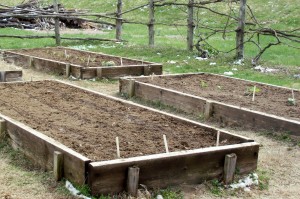
Recent Comments